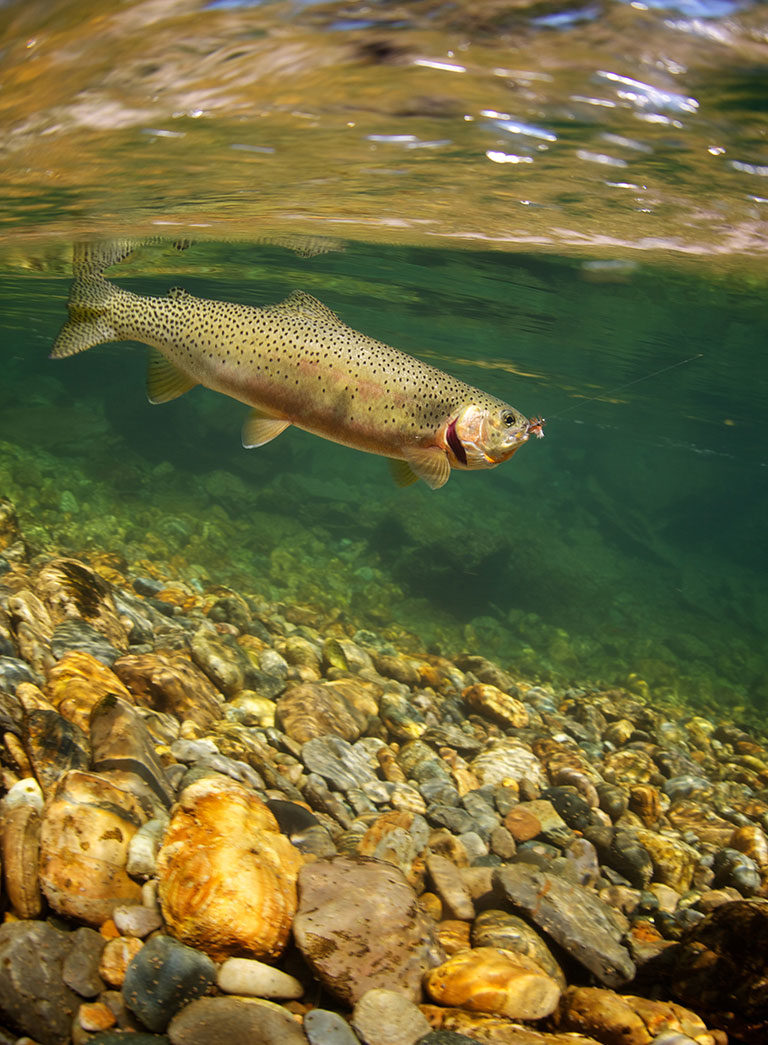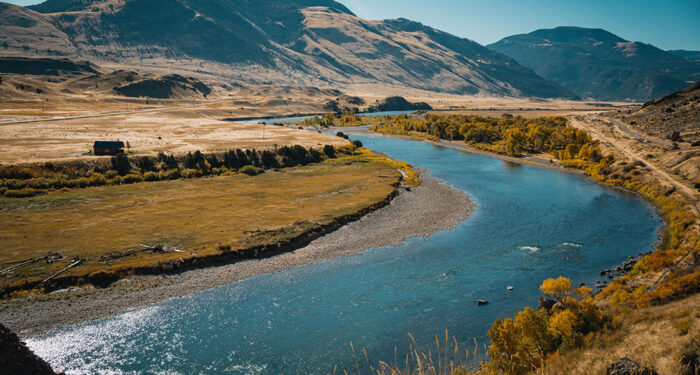One of the most appealing attributes of western ranches is the diversity of the land. A typical western ranch is broken into three categories: mountain ground, foothill/range ground, and bottom ground. The combination of these three categories provides a balanced operational ranch with a great diversity of habitat for wildlife. It is important to manage all these land types in a way that benefits both the agricultural operation as well as the wildlife and habitat. Though this seems like a simple objective, it isn’t always an easy one.
Ranchers are some of the best advocates and habitat/wildlife promoters I know. Modern ranchers are implementing practices on their operations that benefit the habitat for many reasons; selling or leasing the hunting rights on their properties and understanding that what is good for wildlife is often also the best for livestock and the land for which they care. Many producers are also avid hunters and anglers themselves looking to pass down not only their cattle operation but also their passion for the outdoors.
The practices that we, as agriculturalists, have introduced are intensive. Intensive in the way land is managed by forcing outside-the-box thinking and avoiding stagnant operations. For example, the most biodiverse and productive areas on a ranch are its riparian zones. Riparian zones provide much value, both in terms of agricultural production and habitat. A healthy riparian zone will provide good fish habitat, clean water, shade during the hot summer months, a buffer against erosion during floods, feed for ungulates, cover for birds, and eye appeal.
From a habitat standpoint, it is easy to think it’s best to fence these areas from grazing. Though this is a simple way of managing the riparian zones, it can lead to an excess of dead and old forages, potentially smothering out new growth. From a grazing standpoint, these zones appear to hold a lot of grass; however, improper grazing of these zones can be detrimental to riparian health.
When forming a plan to graze these zones, there are three things to consider:
- Timing – What season of the year?
- Frequency – How often should these areas be grazed?
- Intensity – Number of livestock and for how long?
Having advised ranchers on how to best go about grazing these areas based on the above three items and acknowledging each ranch is different, we have developed a general theme. Utilizing a late fall/winter months, if winter grazing isn’t an option altering date of first use, and high-intensity, short-duration grazing style, ranchers have seen success. They are seeing an increase in the health of their riparian zones and are getting an agricultural value out of them.
Strategies for grazing a riparian zone is one example of balancing the management of your operation. Other areas to consider are food plots, intensive grazing, or implementing multi-species cover crops into your crop rotations.
There is no one size fits all, but if you are curious about these practices, please reach out to a member of our Hall and Hall Management team.




